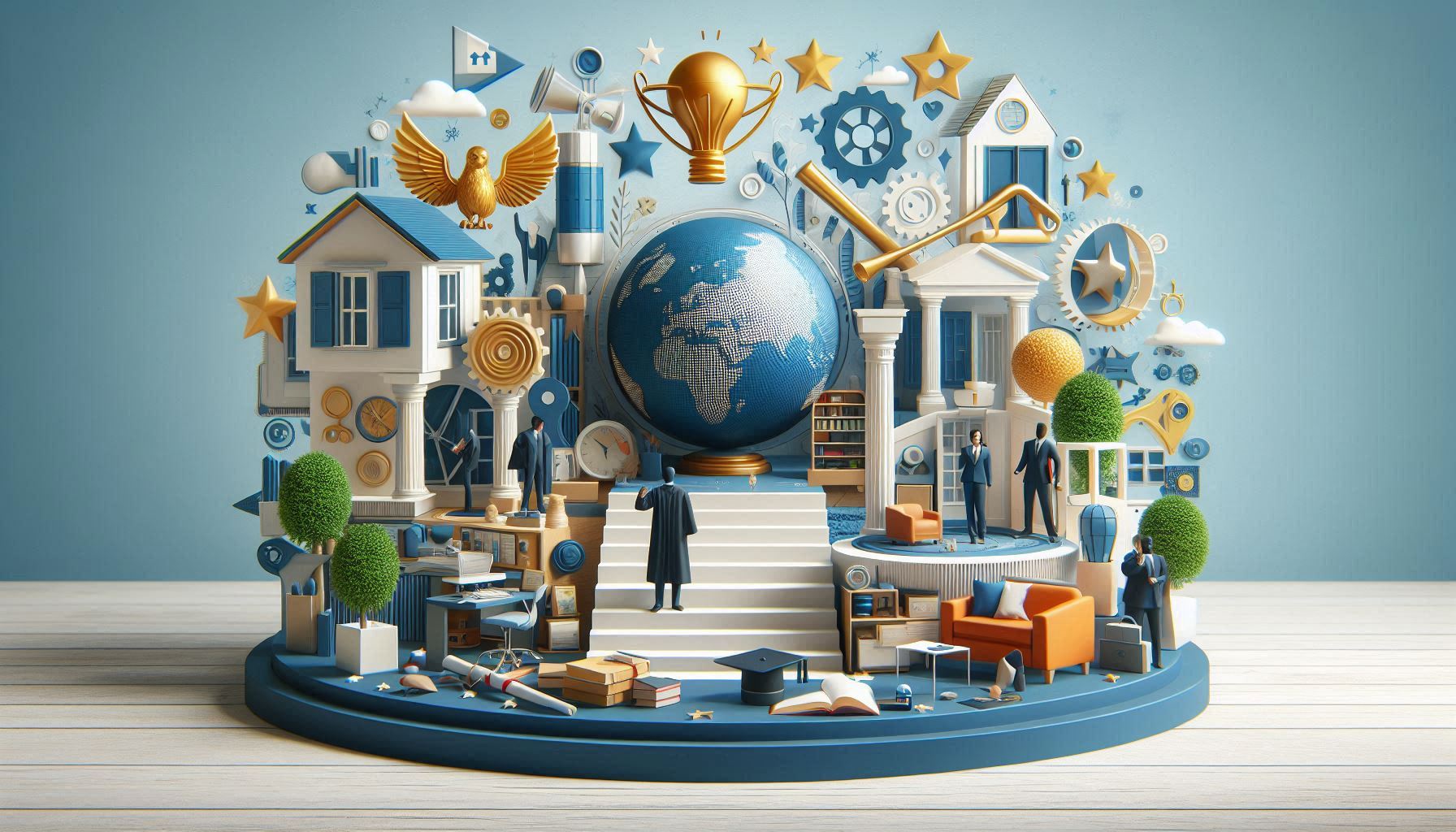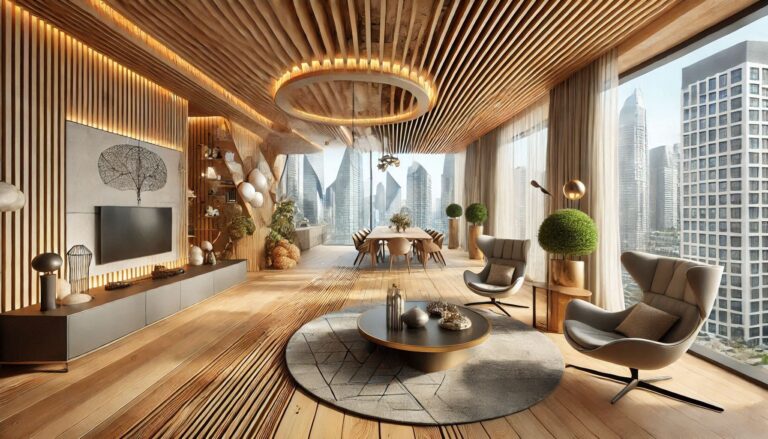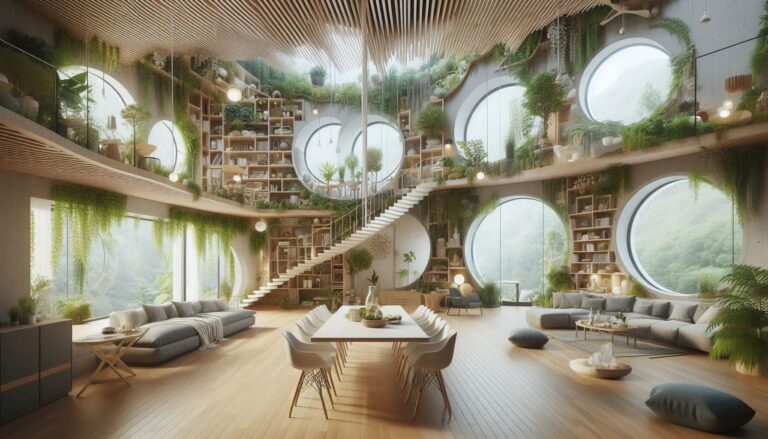The Future of Interior Design: 2025 Trends You Need to Know

As we approach 2025, the world of interior design is rapidly evolving, driven by technological advancements, environmental concerns & changing lifestyle preferences. Here are the key trends that will shape interior design in 2025:
1. Smart Homes and Connected Spaces
The integration of smart technology into home design is no longer a luxury but a necessity. In 2025, more homes will feature connected devices that control lighting, temperature, security, & entertainment systems. Designers will focus on seamless integration of smart systems, using design elements like hidden outlets, voice-controlled lights & AI-driven automation to enhance convenience and energy efficiency.
2. Sustainable and Eco-Friendly Design
Sustainability will continue to be a driving force in interior design. By 2025, eco-friendly materials like reclaimed wood, recycled metals & plant-based fabrics will become standard choices. Designers will focus on creating spaces that reduce environmental impact while maintaining high level of aesthetic standards. The use of energy-efficient appliances, solar panels & eco-friendly finishes will be integral parts of design plans.
3. Biophilic Design and Wellness Spaces
Biophilic design, which emphasizes natural elements such as plants, natural light, and organic materials, will dominate interior design by 2025. As wellness becomes more of a priority for people, designers will create spaces that not only look beautiful but also promote mental and physical well-being. This includes designs that reduce stress, improve air quality and encourage relaxation through nature-inspired elements.
4. Customization and Personalization
In 2025, interior design will increasingly move toward customization. Homeowners and businesses alike will want spaces that reflect their unique style and needs. Designers will offer more bespoke options, such as made-to-order furniture, tailored color schemes, and personalized layouts. This trend is fueled by the desire for individuality and the availability of 3D printing and other innovative manufacturing technologies.
5. Multi-Functional and Flexible Spaces
With the rise of remote work, multi-functional spaces are becoming more important than ever. Designers will create flexible spaces that can be easily adapted for different uses, such as home offices that transform into guest rooms or living rooms that double as entertainment hubs. Modular furniture and movable partitions will play a key role in these versatile designs.
6. Bold Colors and Textures
While minimalism has been dominant in recent years, 2025 will bring a resurgence of bold colors, dynamic textures, and maximalist aesthetics. Expect to see vibrant hues like deep blues, rich emeralds, and sunny yellows, paired with luxurious textures like velvet, silk, and marble. These elements will help create spaces that feel lively and energizing.
Conclusion
The future of interior design in 2025 will be marked by technology integration, eco-conscious choices, a focus on wellness, and a desire for personalized, flexible spaces. As these trends continue to evolve, interior designers will need to stay adaptable and forward-thinking to create innovative spaces that meet the needs of the modern world.






